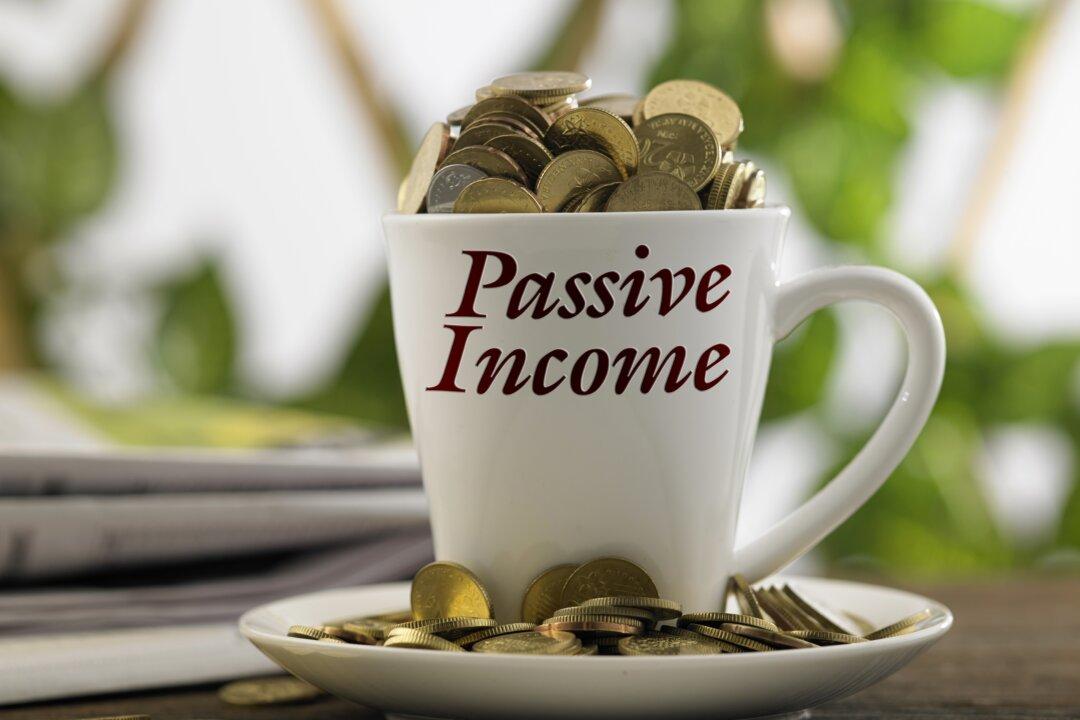Just as deciding when to take advantage of 4th and goal, refinancing a home has many opportunities and pitfalls.
The reason you might consider a refinance is that you want to pay less interest. Or, if you need to put some money towards another expense, you can take some money out of your house. It’s even possible you want to shorten your term.






